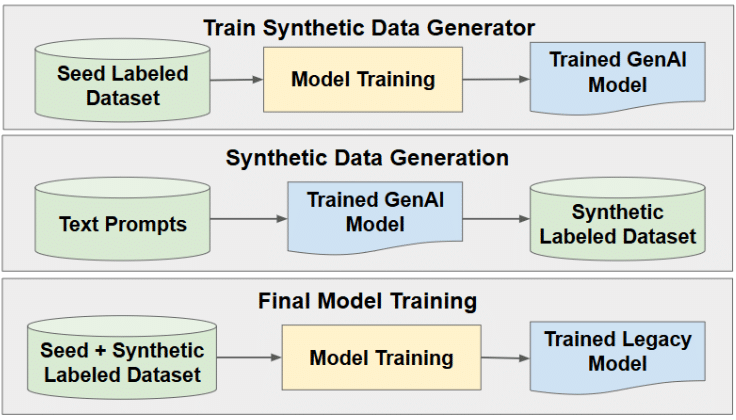
GenAI in Medical Imaging
Arie Rond and David Menashe Artificial intelligence (AI) is already transforming healthcare, enabling capabilities that seemed unattainable a decade ago. Now, a new frontier, generative

Arie Rond and David Menashe Artificial intelligence (AI) is already transforming healthcare, enabling capabilities that seemed unattainable a decade ago. Now, a new frontier, generative
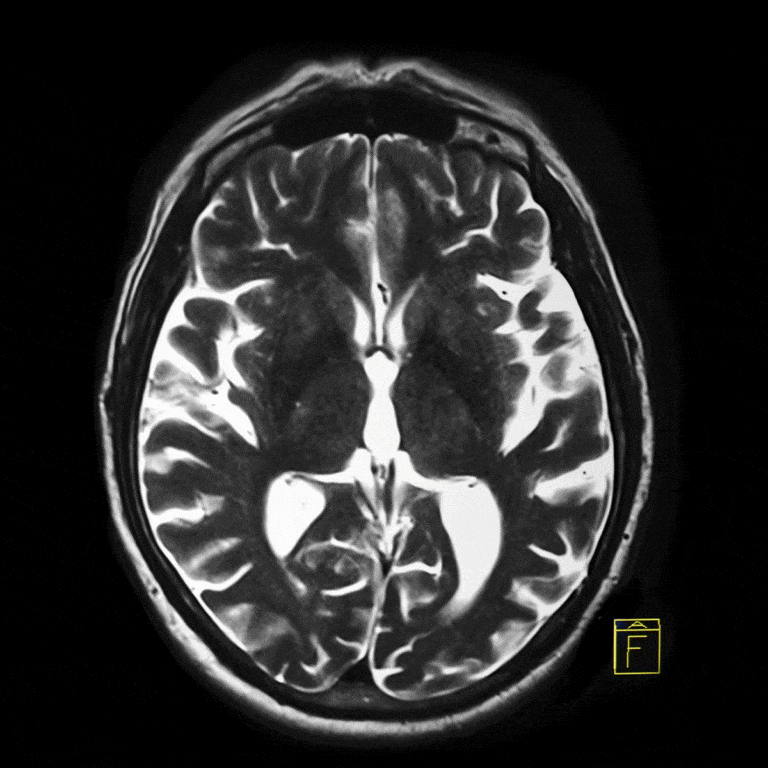
Brain surgeries are very complex: they need to be extremely accurate, since you want to spare healthy tissue; planning is very thorough, as the surgeon
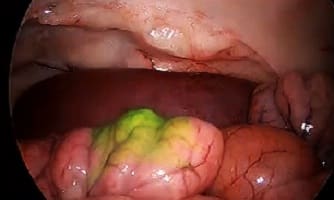
Our team has followed with deep attention the recent Hamlyn Symposium. In particular, we have enjoyed the great presentation by Professor Laura Marcu from UC
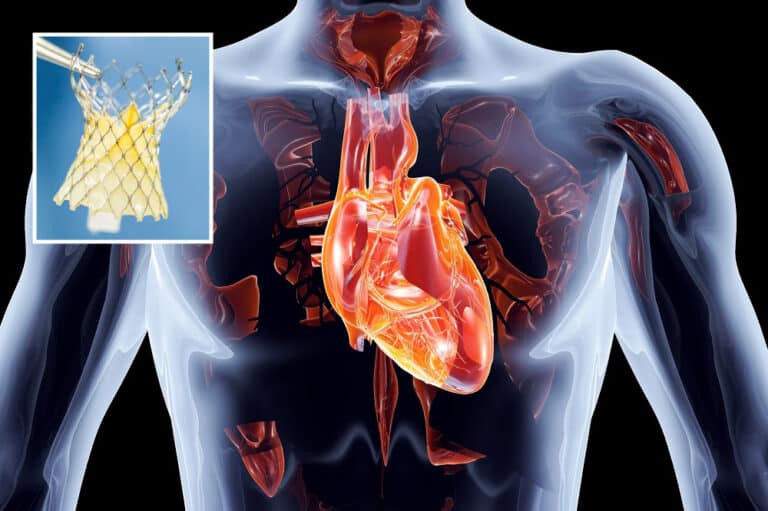
Structural heart diseases include structural deformation of the heart, like valve leakage: the blood flows in two directions and the patient is losing efficiency of
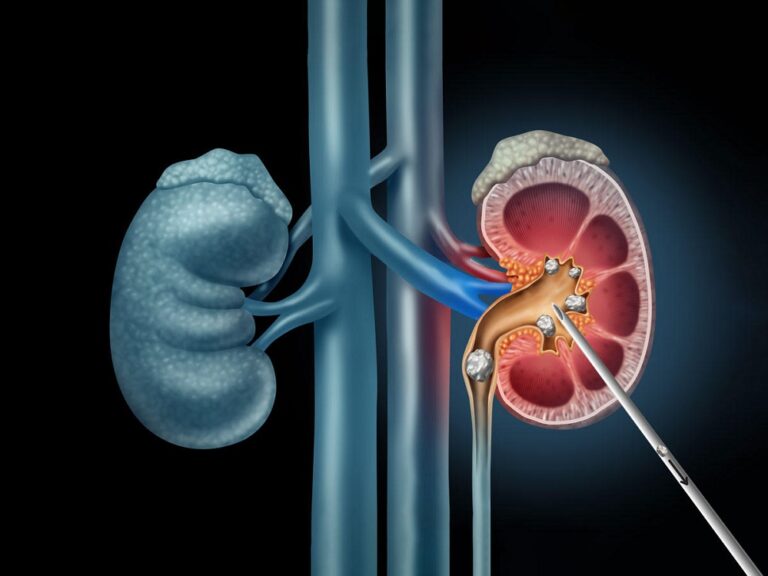
Urolithiasis, or kidney stones, is a common pathology affecting nearly 10% of the population in the USA. Percutaneous Nephrolithotomy (PCNL) is a minimally invasive urology
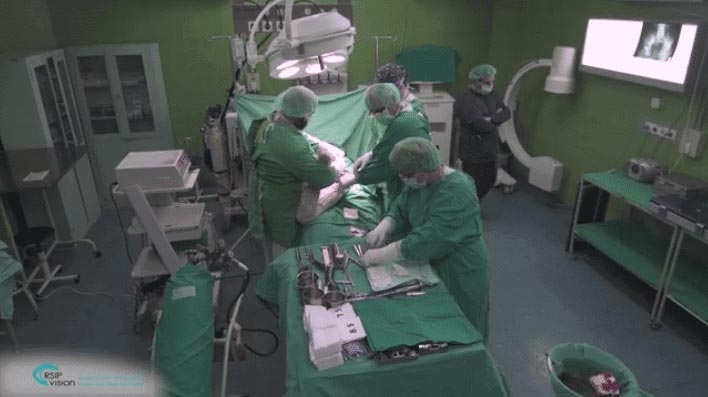
RSIP Vision Announces Patient-Specific, Intraoperative Registration Module for Orthopedic Surgery The new neural network technology enables accurate, quantitative measurements of bones and implants during the
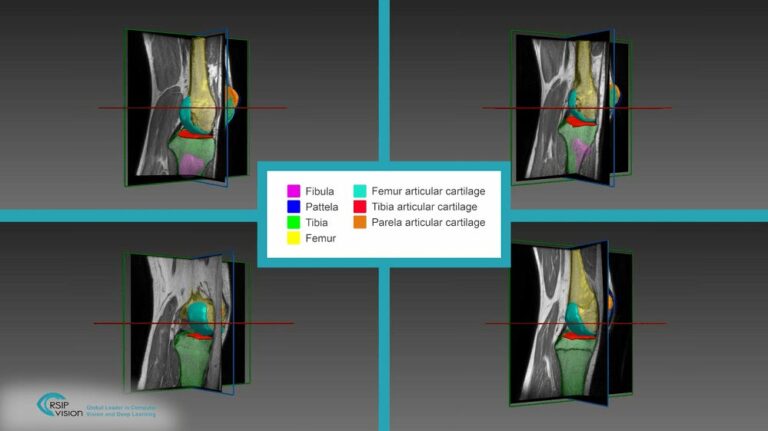
RSIP Vision Announces New Tool for Sports Medicine Applications, Enabling Automated Assessment of Cartilage Damage This new algorithmic software provides automated measurement of articular cartilage
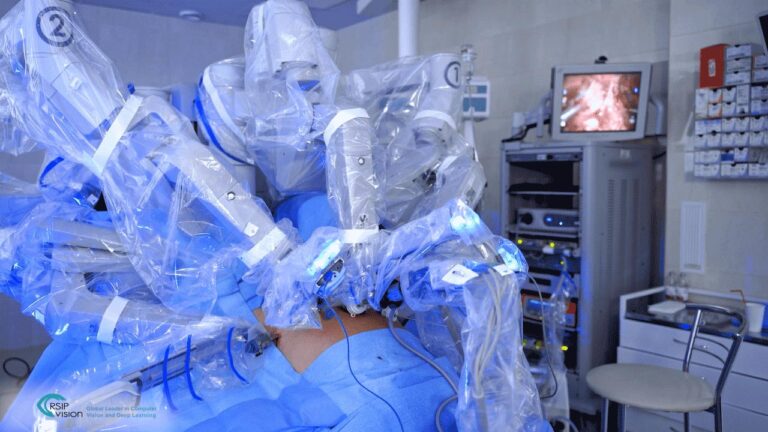
RSIP Vision Reveals Its Newest Feat of Medical Imaging Innovation: Real-Time Surgical Workflow Recognition and Analysis Technology for Robotic Assisted Surgeries The company’s newest module
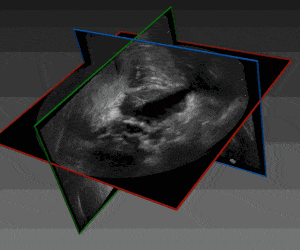
RSIP Vision Launches an Advanced AI-Based Tool for Prostate MRI and Ultrasound Registration Enabling Precise Navigation in Key Procedures New module creates a warped MRI
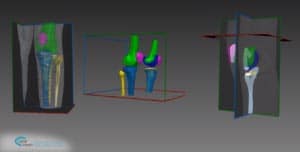
RSIP Vision Unveils Robust Metal Implant and Anatomical Segmentation Tool, for Improved Planning of Specialized Orthopedic Procedures including Revision Arthroplasty Groundbreaking Module Joins RSIP Vision’s Existing
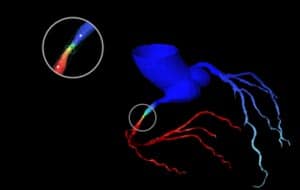
RSIP Vision Announces Sophisticated AI-Based Tool for Coronary Artery Analysis and Intervention Planning New module utilizes state-of-the-art deep learning algorithms combined with classic computer vision
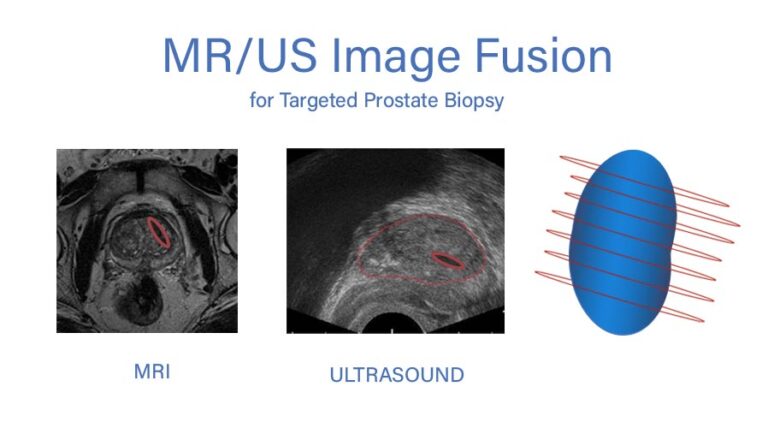
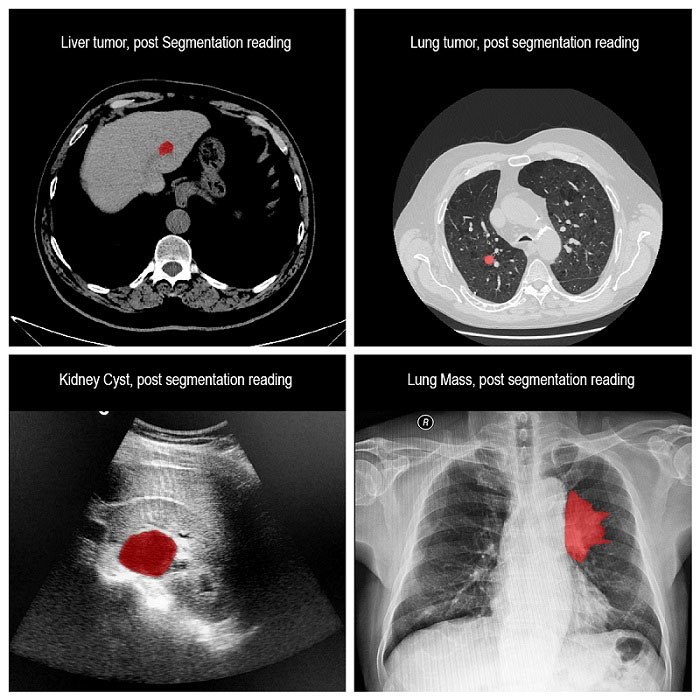
In the medical field, image analysis plays a crucial role in both diagnosis and treatment. Its central tool is segmentation, which involves partitioning an image

RSIP Vision Announces Versatile Medical Image Segmentation Tool, Delivering Efficient Anatomical Measurements and Better Treatment Options AI-based, domain-agnostic algorithmic module minimizes human errors in clinical
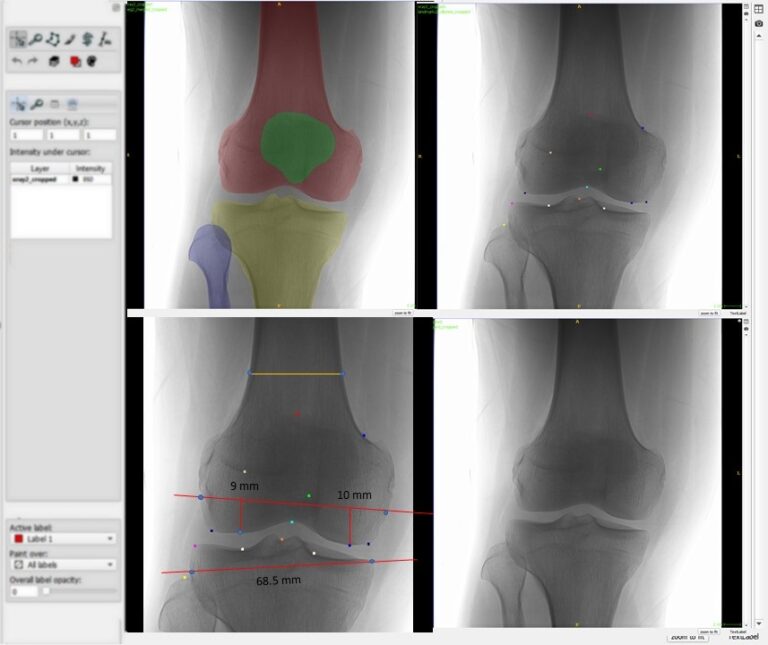
Breakthrough AI technology leads to precise surgery and optimal implant positioning, resulting in improved quality of life for the patients. SILICON VALLEY, CA, September 15,
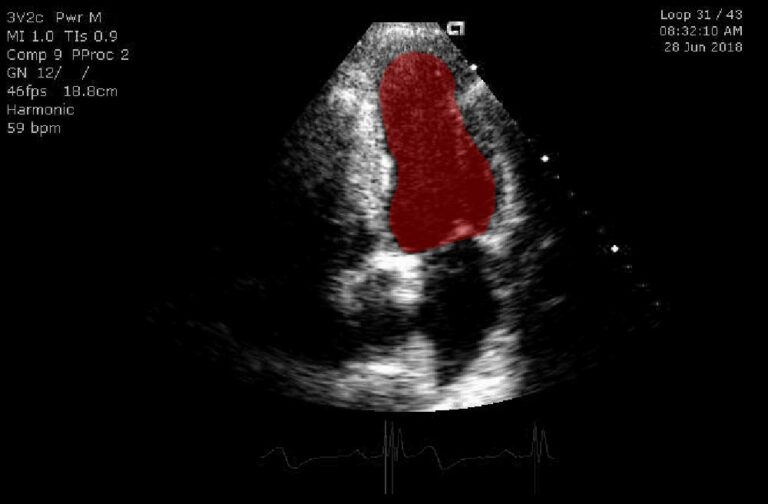
RSIP Vision introduces an innovative set of AI modules for enhanced medical ultrasound applications. These innovative modules empower a wide range of medical applications by
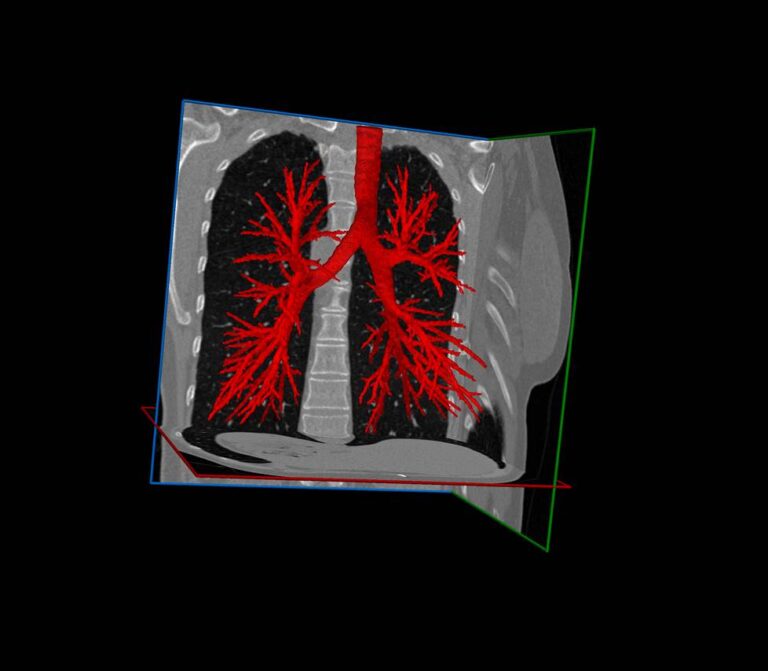
RSIP Vision Launches a Pioneering AI Suite Providing Optimal Solutions to Key Tasks in Lung Surgery. New technology offers critical information enabling pulmonary surgeons to
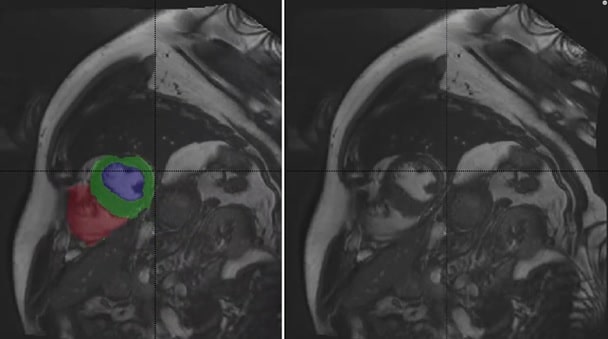
Cardiac magnetic resonance (CMR) imaging plays a critical role in the assessment and management of patients with coronary artery disease (CAD), a leading cause of
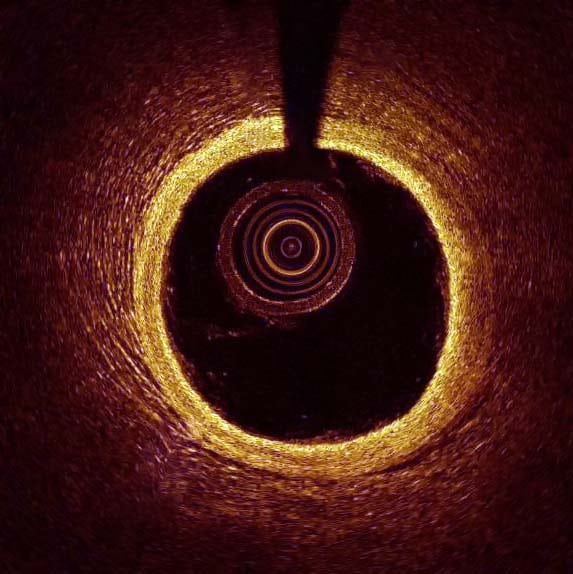
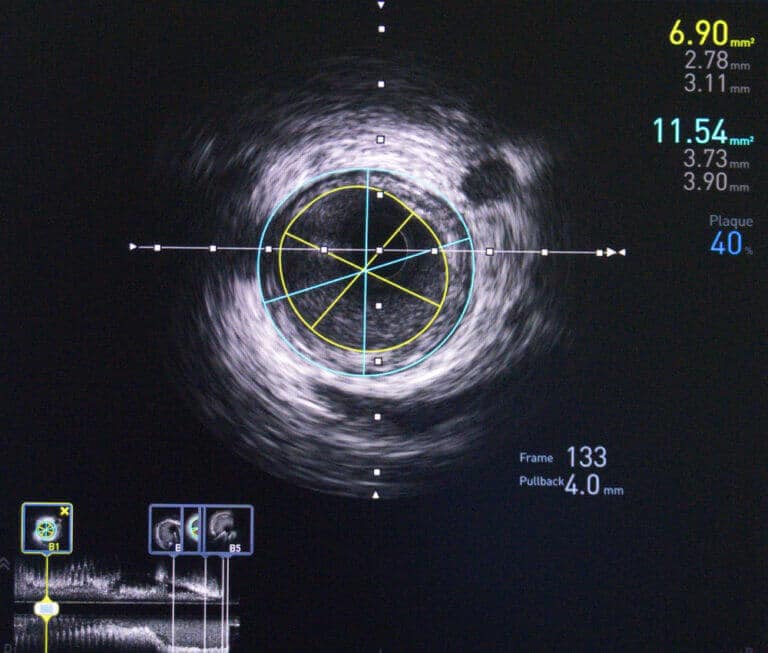
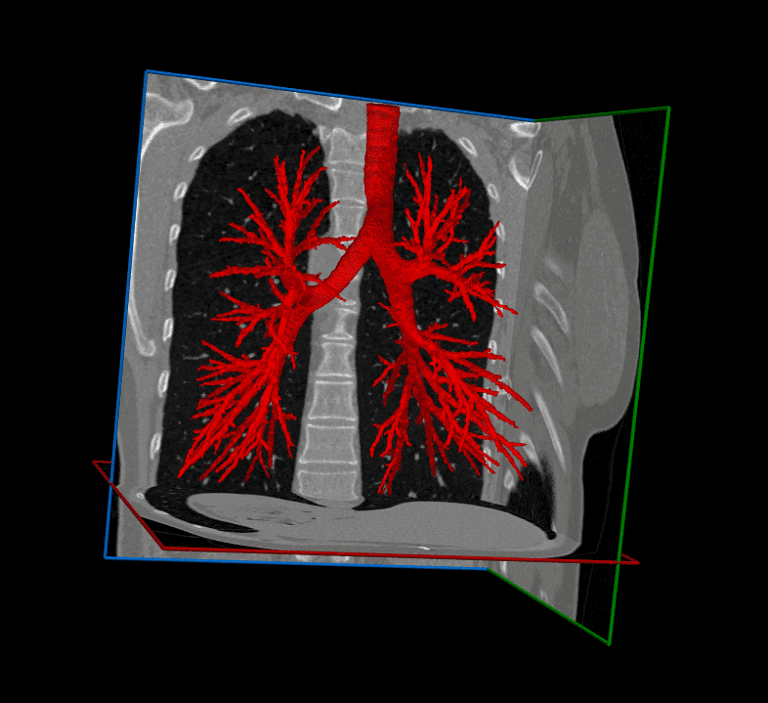
RSIP Vision’s Advanced AI Technology Provides Segmentation with Unmatched Precision for Interventional Lung Procedures. New Solution Enables Surgeons to Biopsy Exact Location of Suspicious Lesions
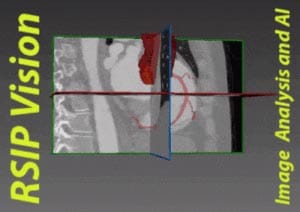
Coronary artery disease (CAD) or ischemic heart disease (IHD) has become one of the most common causes of morbidity and mortality worldwide. Patients who suffer
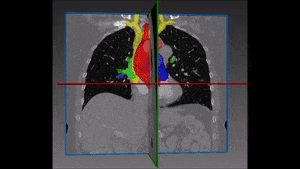
The great vessels conduct blood to and from the heart. These vessels include the aorta, superior and inferior vena cava, pulmonary arteries and pulmonary veins.
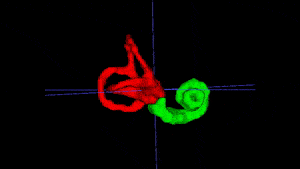
Ear pathologies are common in all age groups, and are one of the leading causes for visiting a doctor. In most cases, proper diagnosis can
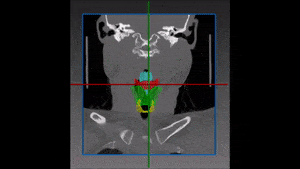
The larynx, also known as the voice box, is a triangular structure in charge of important functions including breathing, voice production and supplying protection to
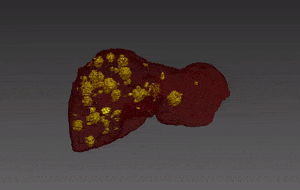
Liver tumors, also known as hepatic tumors, are quite common and some poses a grim prognosis. Therefore, early detection and diagnosis has become a main
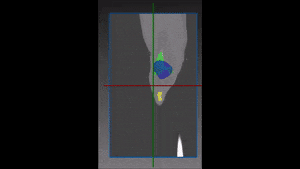
Knee Replacement Patients Enjoy Life-Changing Surgical Outcomes with RSIP Vision’s Revolutionary AI Solution Jerusalem, May 29, 2019 – RSIP Vision, a global leader in artificial
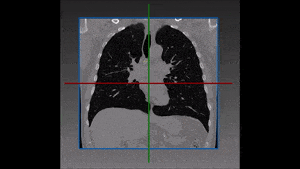
Lymph nodes are routinely examined and assessed during physical examination of patients in a clinic or hospital setting. Enlarged lymph nodes can be indicators of
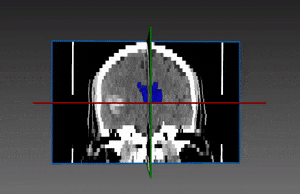
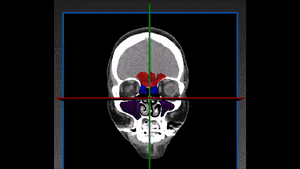
The paranasal sinuses are air-filled spaces surrounding the nasal cavity. The sinuses include the maxillary, frontal, ethmoidal and sphenoidal sinuses. Due to being air filled, the sinuses make
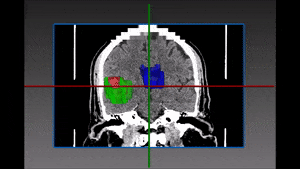
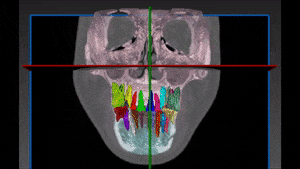
Dental problems affect people of all ages and ethnic groups, and are common worldwide. With many patients suffering from tooth decay, orthodontic issues and even
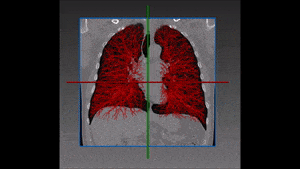
Lungs vasculature has a major part in blood oxygenation. The complicated branches of arteries and veins, accompanied by the intricate bronchial tree are in charge
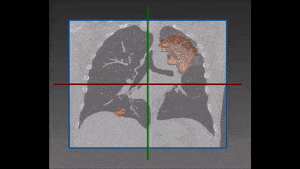
Lung cancer is the most common cancer related mortality cause among men, and second in women worldwide. Primary lung cancer is usually divided into two
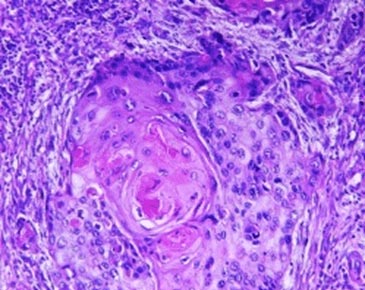
New AI technologies by RSIP Vision are very powerful in analysis of tissues and histopathology. This complex task, which has been haunting for years the medical community, has now a very practical solution: deep learning gives very fruitful results to several challenges, like the segmentation of cells and nucleus and the classification of the cells according to the detected pathologies.
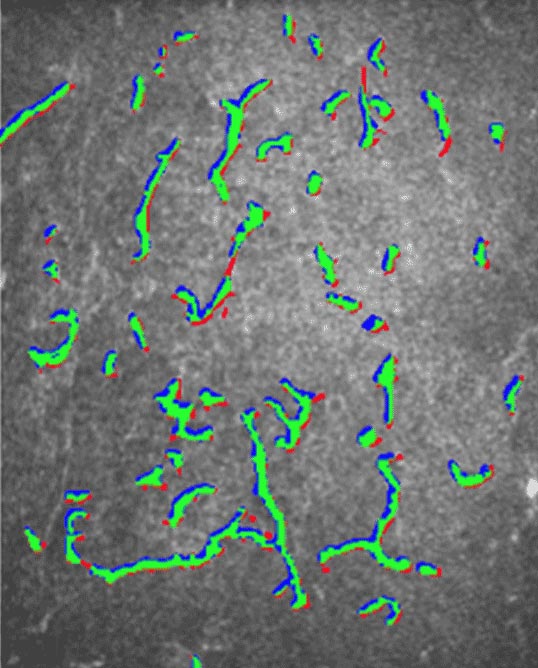
Dendritic cells are a type of antigen-presenting cells and have an integral part in the normal functioning immune system, in that they help to initiate
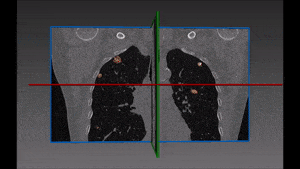
Pulmonary nodules (AKA lung nodules) are small masses (up to 30mm) of tissue surrounded by pulmonary parenchyma. They are quite common finding on computerized tomography
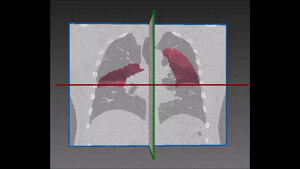
Lung fissures are double folds of visceral pleura that section the lungs to lobes. Both lungs have an oblique fissure separating the upper and lower
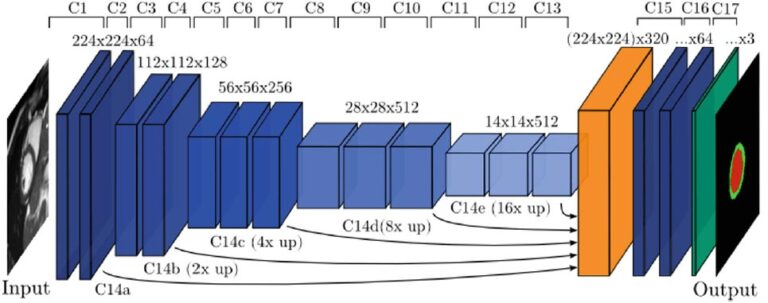
1.1 Segmentation tasks [10] suggest a new fully convolutional network architecture for the task of cardiovascular MRI segmentation. The architecture is based on the idea
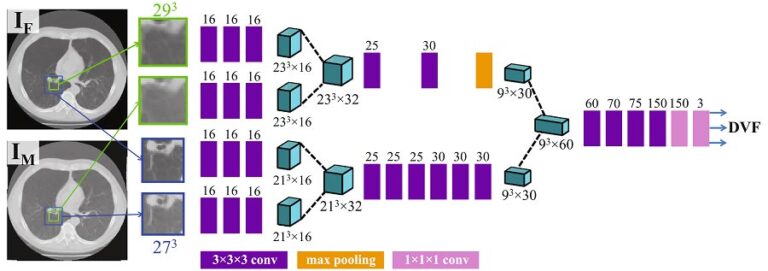
Deep learning has been successfully applied in various applications in pulmonary imaging, including CT registration, airway mapping, real time catheter navigation, and pulmonary nodule detection.
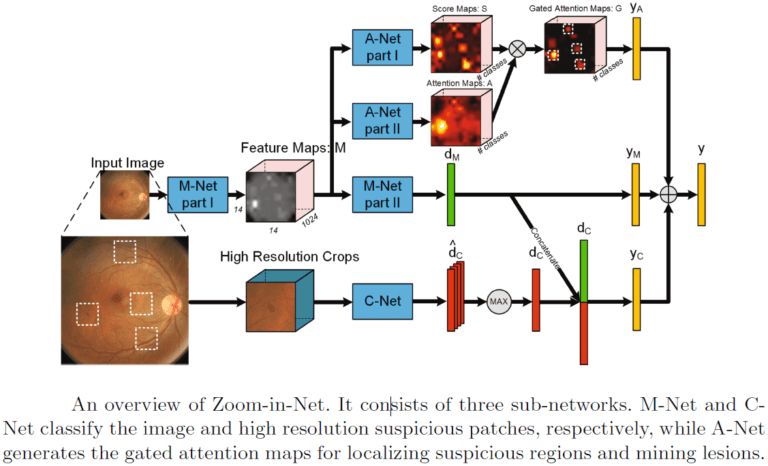
Recent works suggest novel deep learning tools for detection, segmentation and characterization of eye disorders. Accurate segmentation of retinal fundus lesions and anomalies in imaging
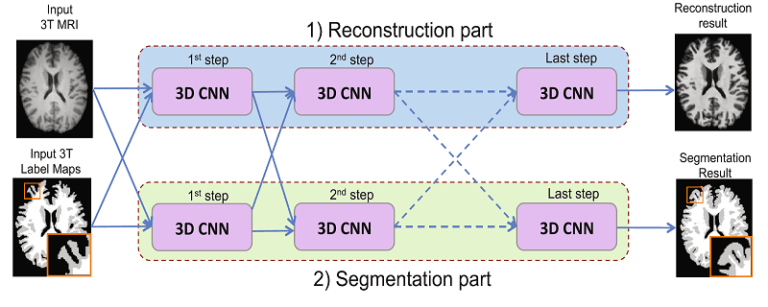
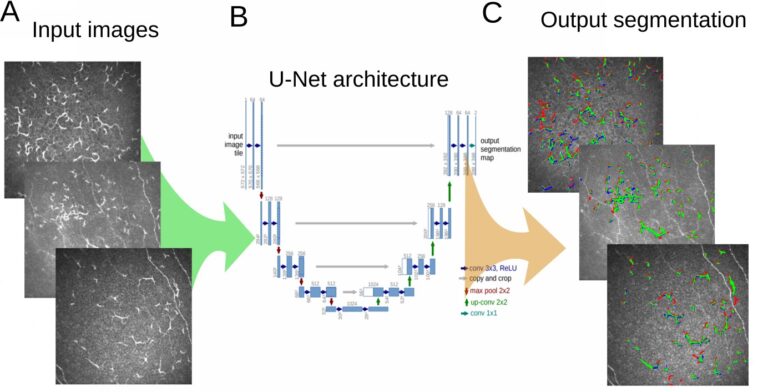
Dry eye disease (DED) is one of the most common ophthalmic disorders. Inflammation of the ocular surface is controlled by corneal antigen-presenting cells called dendritic

Automatic fingerprint recognition systems are based on the extraction of features from scanned fingerprint image. A successful preprocessing of the scan is an important first
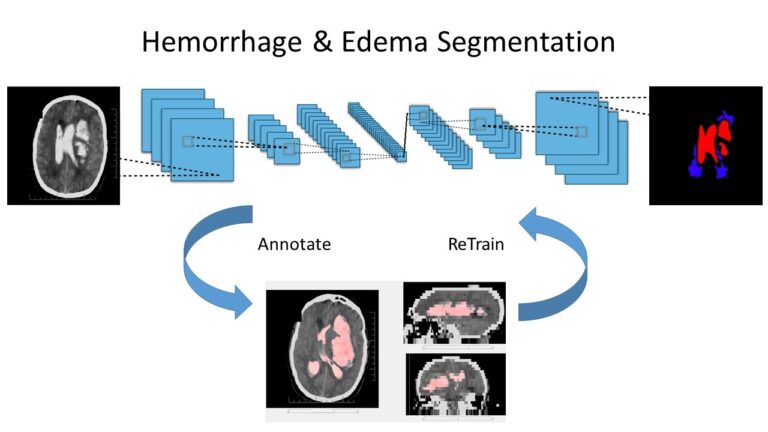
An intracranial hemorrhage (ICH) is a condition in which a blood vessel erupts inside the brain, causing internal bleeding. If not treated correctly and immediately,
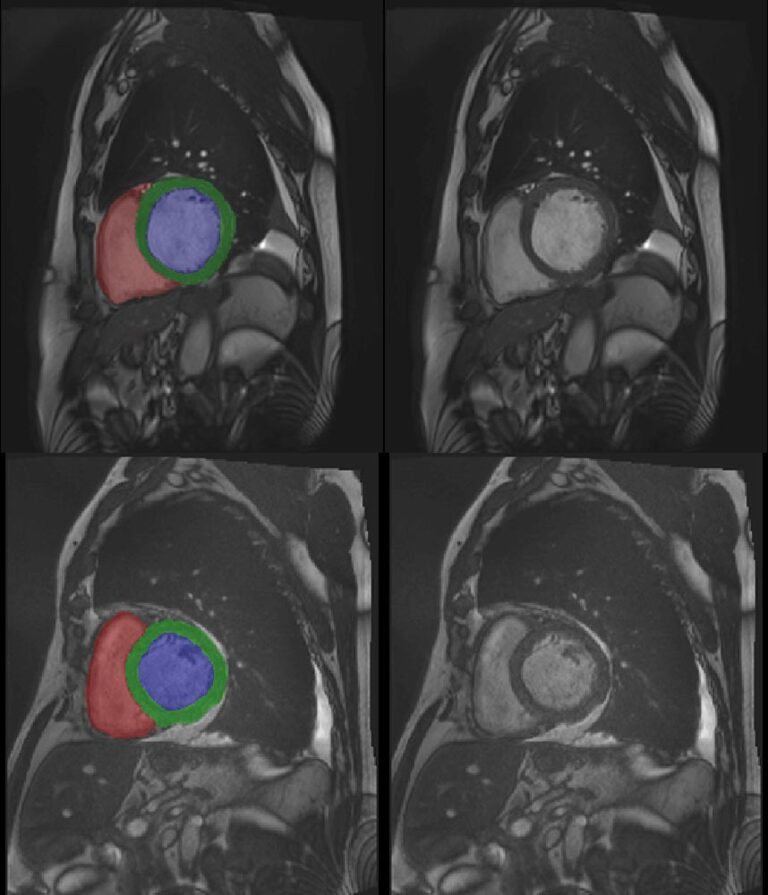
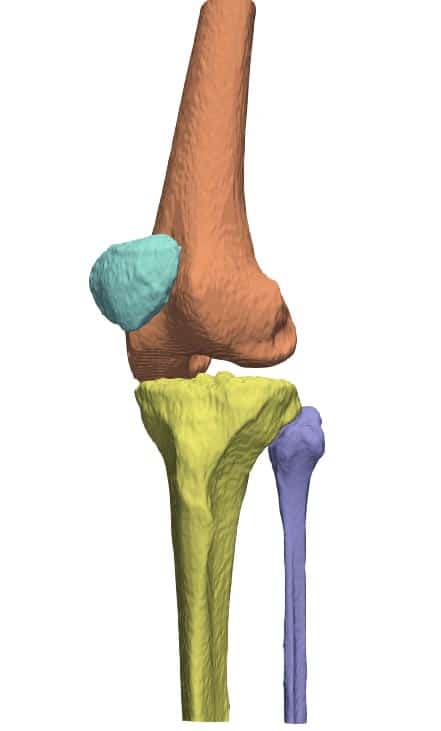
Pathologies in the joint regions are common especially among elderly patients. They are caused, in many cases, by wear and tear of the cartilage layer
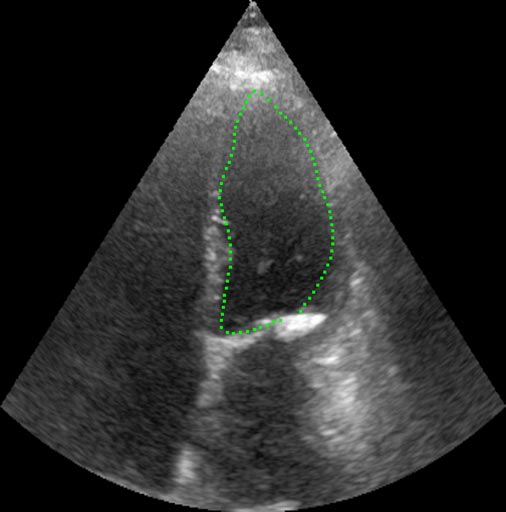
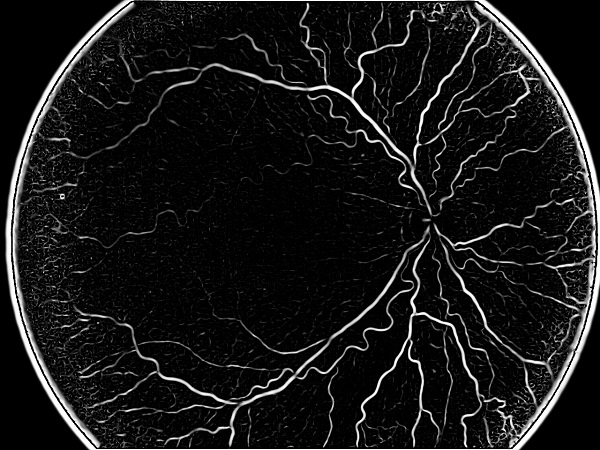
Retinopathy of prematurity (ROP) is a leading cause of blindness in infants. ROP (or Terry syndrome) is a disease of the eye affecting prematurely-born, low
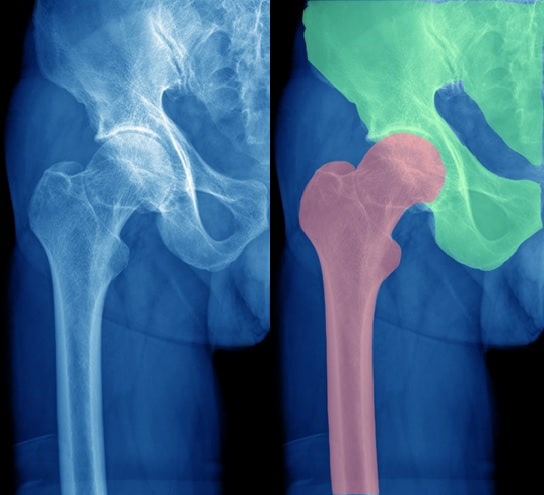
CT image segmentation is a typical phase of orthopedic surgeries in which a visualization system is called to visually support the surgeon’s task. This system
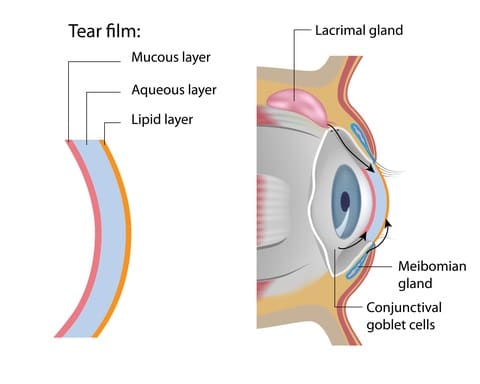
Meibomian gland dysfunction is often seen as an early stage of dry eye syndrome. Indeed, Meibomian glands play a significant role in tears production by
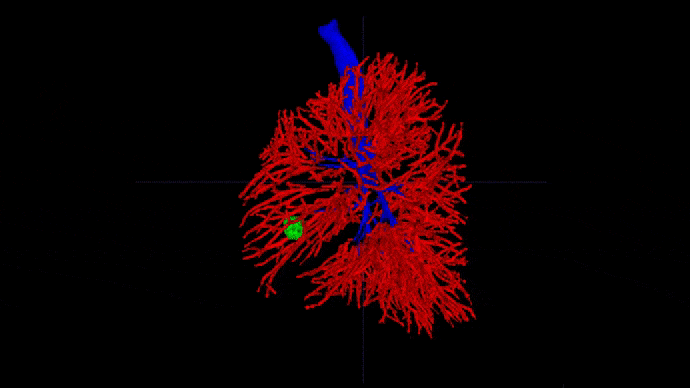
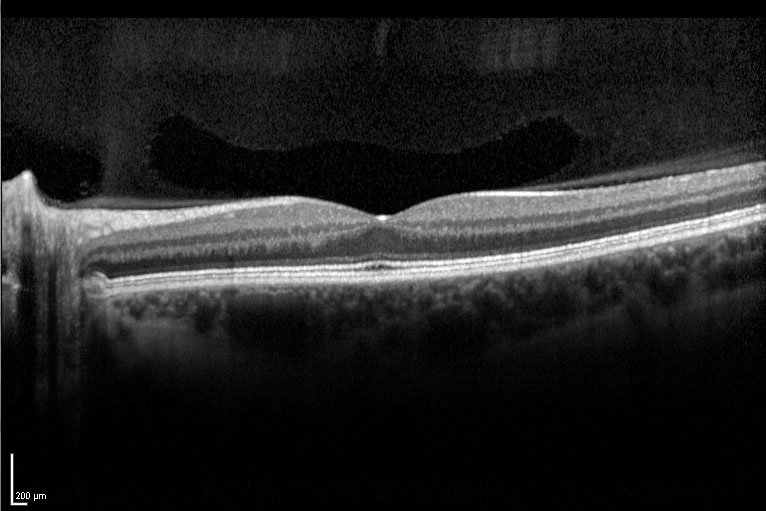
OCT is the only method that can perform noninvasive imaging with non-ionizing radiation and offering relatively good resolution. That is why it has become a
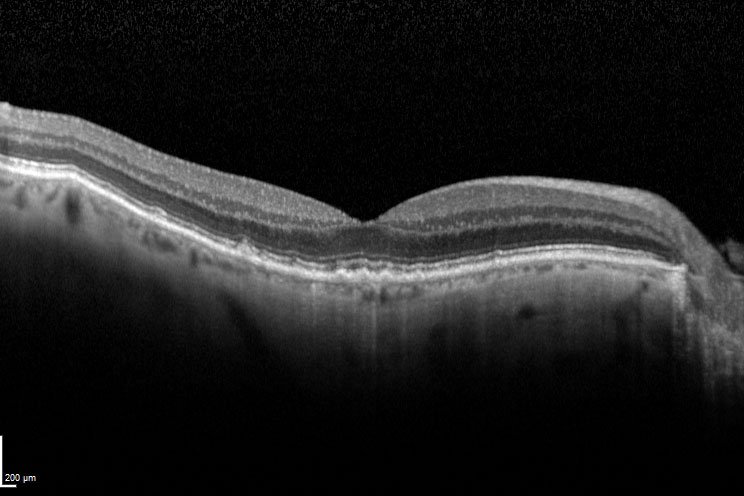
In a previous article, we talked about Geographic Atrophy segmentation in 2D images. This article focuses on how OCT images shed light on the development
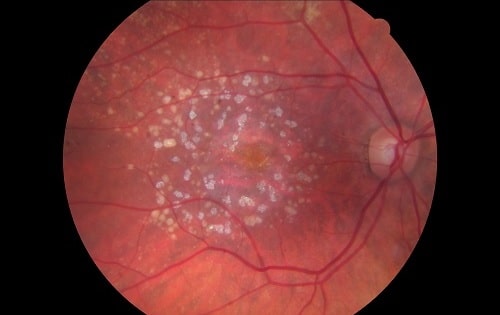
Geographic Atrophy (generally called GA) is a case of advanced Dry AMD (Age-related Macular Degeneration) which might lead to vision loss. As a consequence of
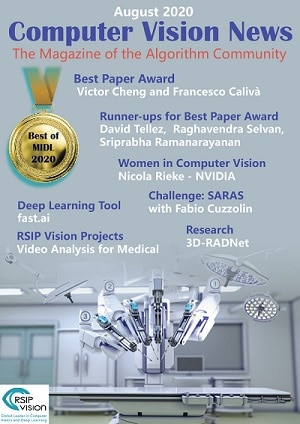
An affected anatomical region can be treated in a selective and non-invasive manner by localized and contact-free methods such as high-intensity focused ultrasound. Treatment by
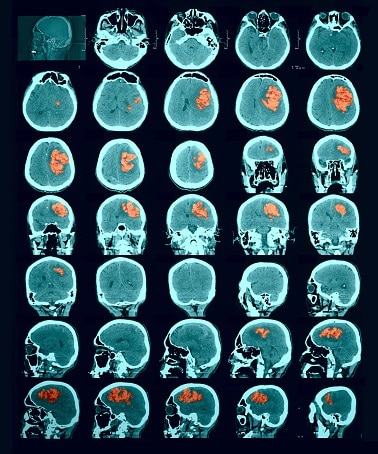
Segmentation of lesions in images, such as those obtained from MRI, ultrasound, CT etc, can be viewed as classifying pixels (or voxels, in the 3-D
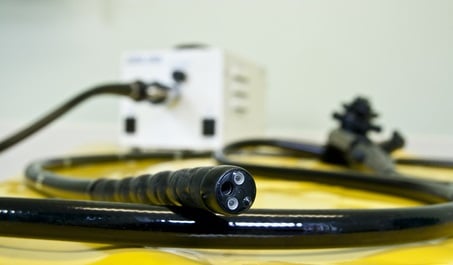
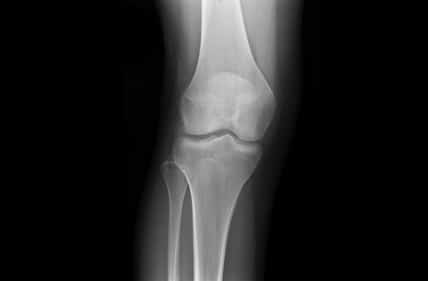
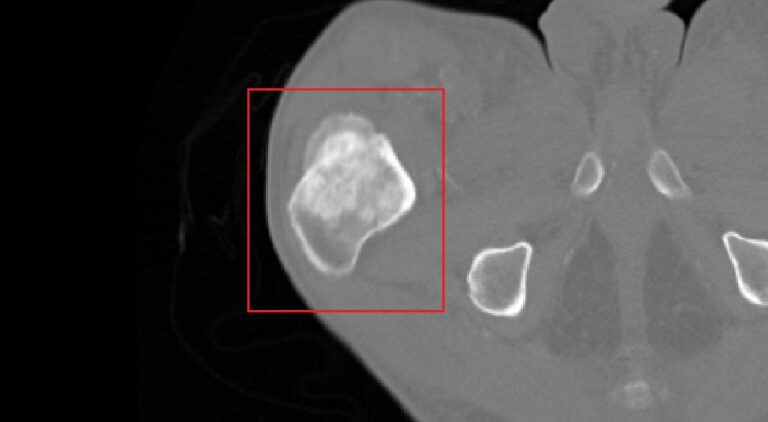
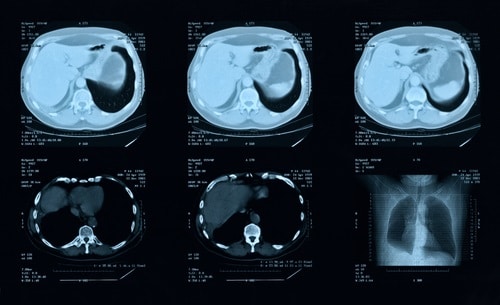


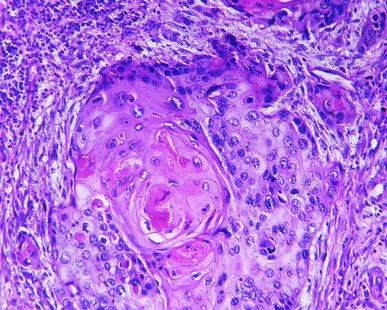
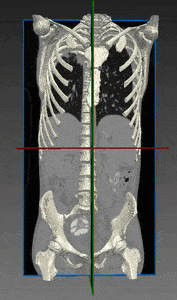
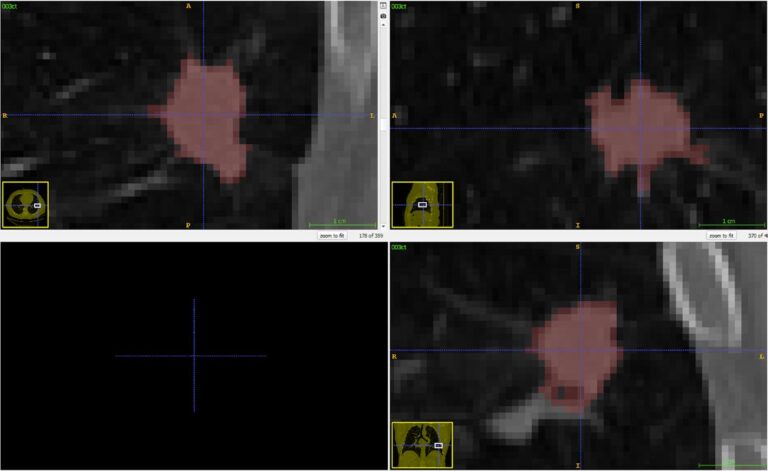
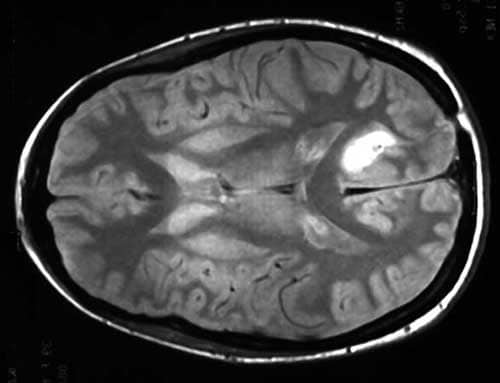
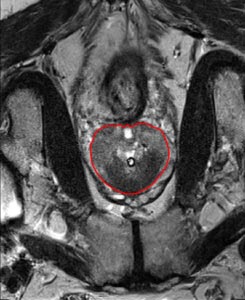
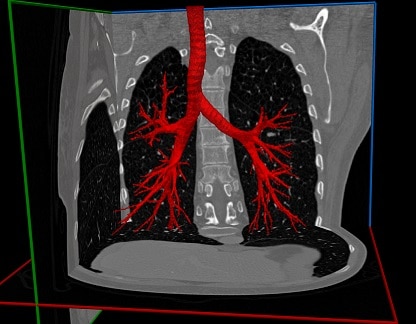
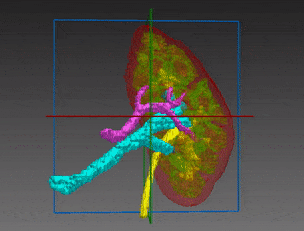
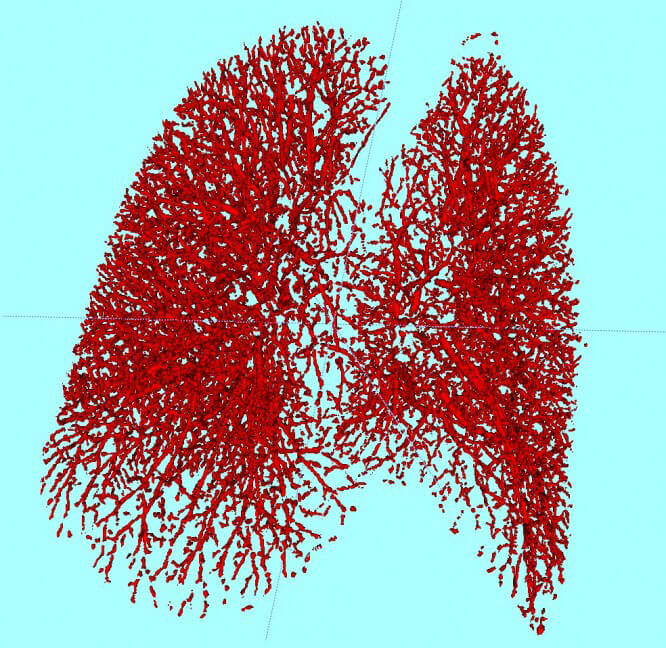
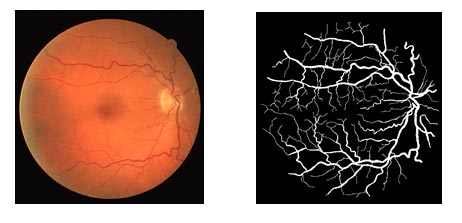
Summary: Indoor Scene Structure Analysis for Single Image Depth Estimation This is the first of our series of summaries of interesting texts on computer
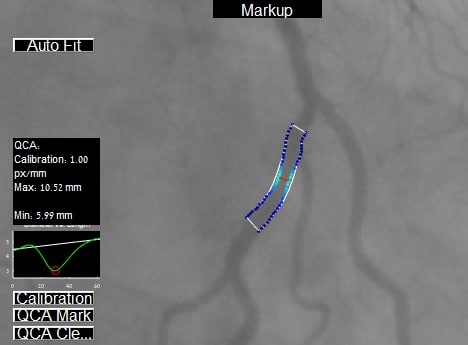
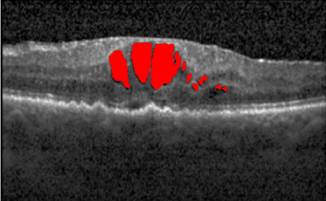
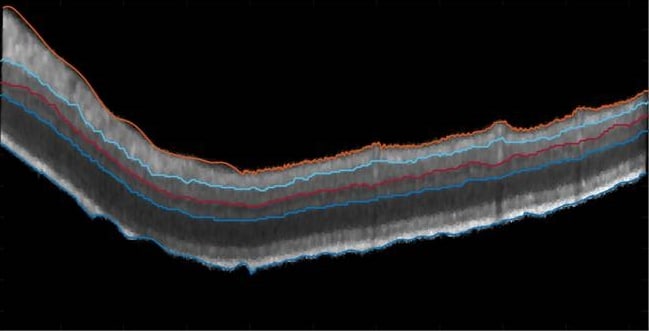
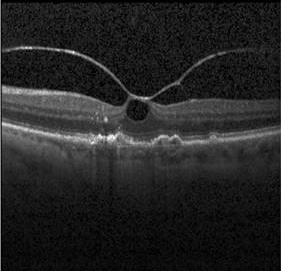
Please fill the following form and our experts will be happy to reply to you soon
Subscribe now and receive the Computer Vision News Magazine every month to your mailbox
© All rights reserved to RSIP Vision 2023